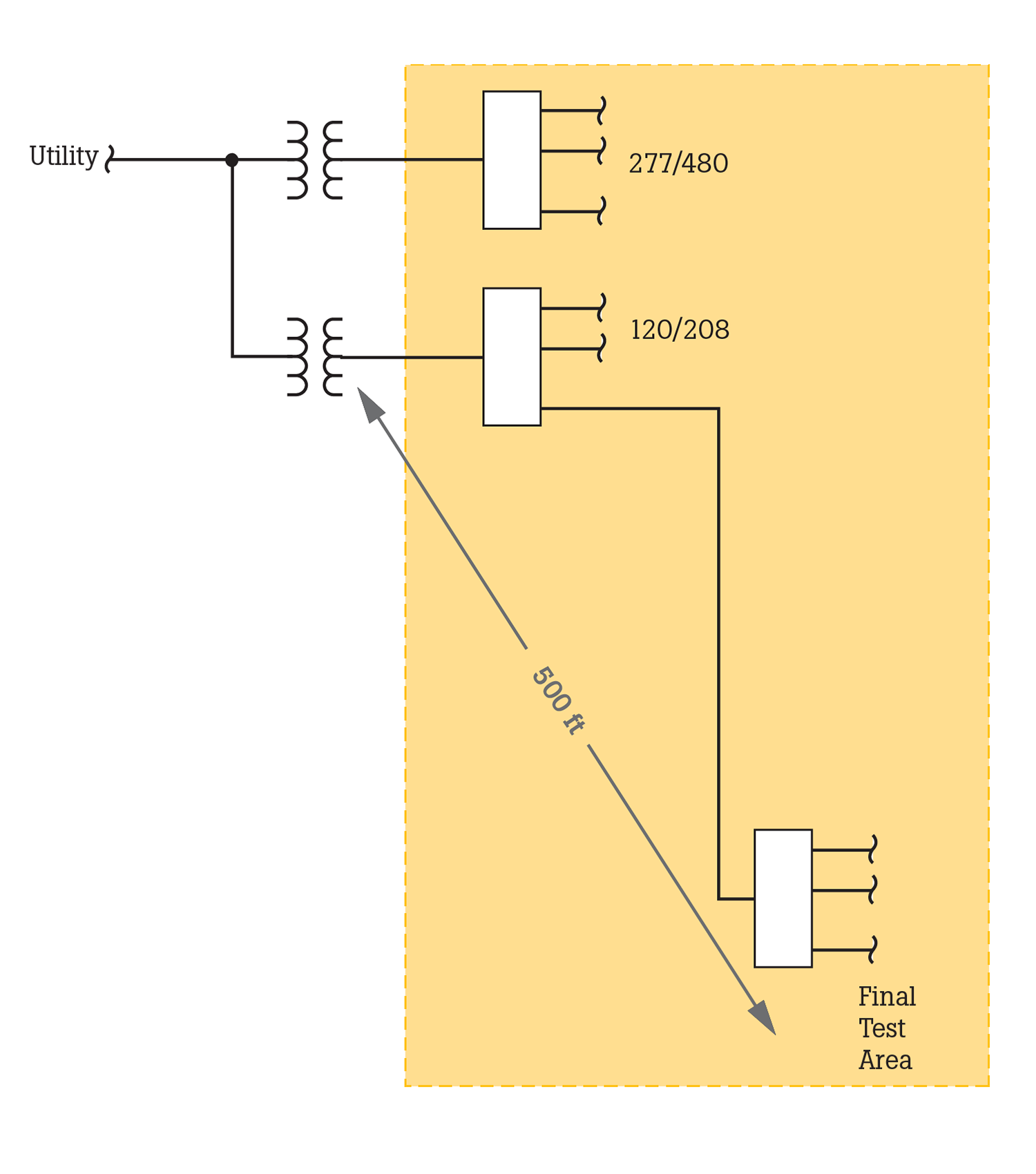The case of the malfunctioning medical machine is a classic example of the importance of a systematic approach to troubleshooting power quality issues. This story comes from Mike, an independent contractor who works with several high-technology manufacturing plants.

The problem
Mike had an on-site meeting with a building manager who was frustrated with his electrical system. According to the manager, nothing electrical in his building seemed to work properly and no one had been able to determine why or offer a solution. The manager went on to tell Mike that three of his electricians had quit and that he was now in real trouble.
Mike asked questions to get a more detailed picture of the problem, although the feedback didn’t provide anything helpful. Since he always like to follow the principle, “When in doubt, start at the victim load,” Mike asked to go to the area of the building where the problems were worst.
Visual cues
In one corner stood a large medical machine that was performing a critical test procedure. The machine was equipped with a large display screen, keyboard, and control panel with several cables and hoses leading to other pieces of equipment. The operator display screen showed the test procedure was “In Progress.”
Next to the machine was a workbench set up for circuit board repair. The workbench had a soldering iron, lighted magnifying lens, and fan. The workbench power strip plugged into the same receptacle as the large medical machine. Mike observed the person at the workbench who reached over and turned on the fan. At that moment, the operator display screen on the medical machine momentarily went blank and then came back on with the words “Program Reset” displayed in large letters.
Measurement and evaluation
Mike measured the voltage at the receptacle feeding both loads. His Fluke 87 V Industrial Multimeter measured 115 V. The building manager repeated the measurement with his Fluke 27 II Rugged Digital Multimeter, which displayed 118 V. Why the difference?
The Fluke 87 V provides true-rms measurements will give correct, but lower readings than average-responding instruments, such as the Fluke 27 II, on square waves or waveforms that look like square waves. Mike connected his Fluke 120B Industrial ScopeMeter and displayed the voltage waveform. The display showed that the waveform was severely clipped at the top making it more like a square wave than a sine wave. The peak value measured only 135 V, rather than the expected 162 V.

Mike drew a one-line diagram of the system. The one-line showed that the transformer supplying the test area was at the opposite corner of the building—nearly 500 feet away. Most of the loads on that transformer were not linear and were drawing high-peak currents at the peak of the voltage. The combination of high-peak currents and high impedance of the long run combined to produce severe voltage clipping at the end of the circuit, right where the test area was.

Theory and analysis
Since the medical machine’s internal circuits operated on low voltage DC, the internal power supply would have a diode/capacitor input circuit that required a certain minimum peak voltage for proper operation. The nameplate on the medical machine showed the machine needed a supply voltage between 100 and 135 V rms AC. The engineers who designed the machine and specified the nameplate assumed the supply voltage would be a sine wave, so the minimum peak would be 141 V peak (100 x 1.41). Since the measured value of the peak input voltage was only 135 V, the machine was running on a peak voltage that was already 6 V below the absolute minimum required. When the fan was turned on, the surge current drawn by the fan motor further reduced the voltage to a point where the power supply of the machine went out of regulation. This is what caused the machine to reset.
Solution
The problem of voltage peak clipping (flat topping) is common in high-tech buildings. Many of the buildings now in use were not designed to handle the vast array of computers and non-linear loads so typical today.
In this case, extensive rewiring would be necessary to reduce voltage drop between the transformer and the load. An alternative would be to move the most sensitive loads closer to the transformer.